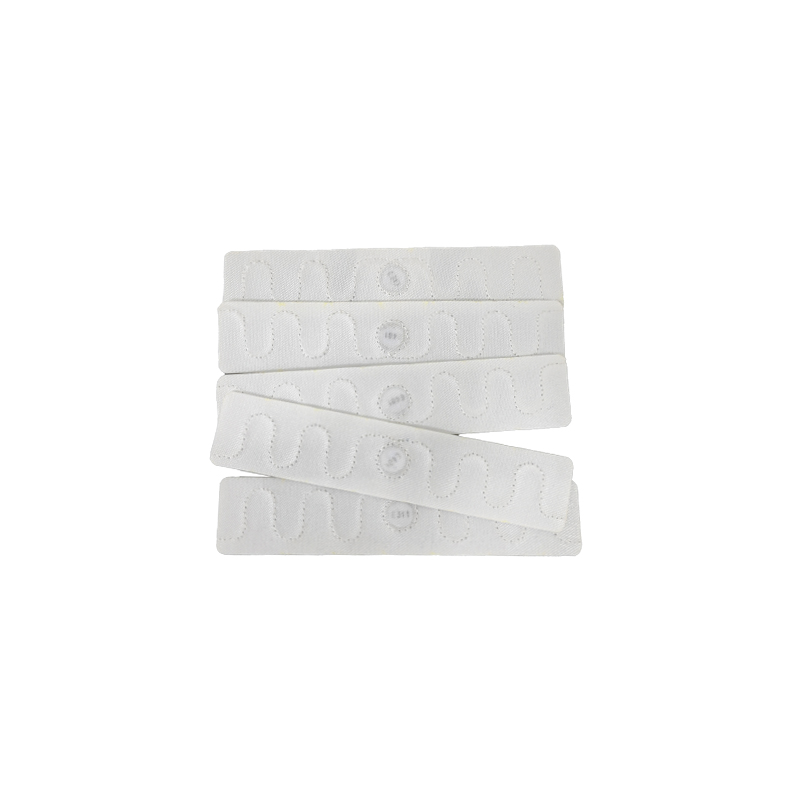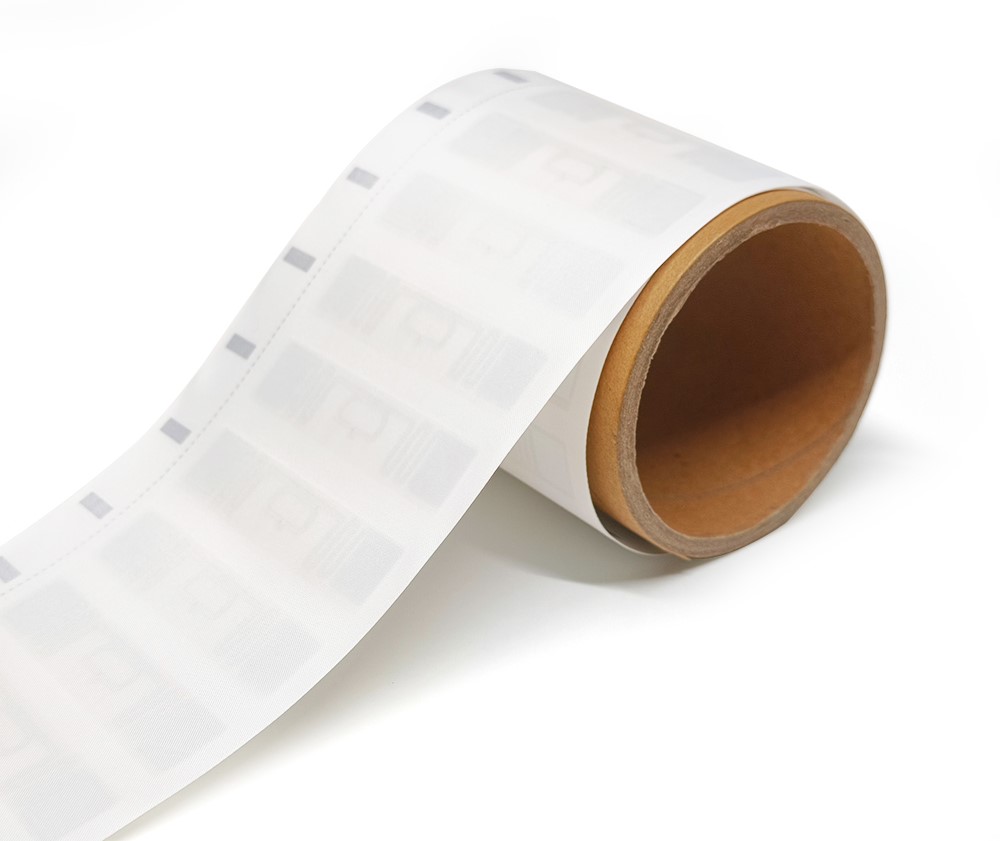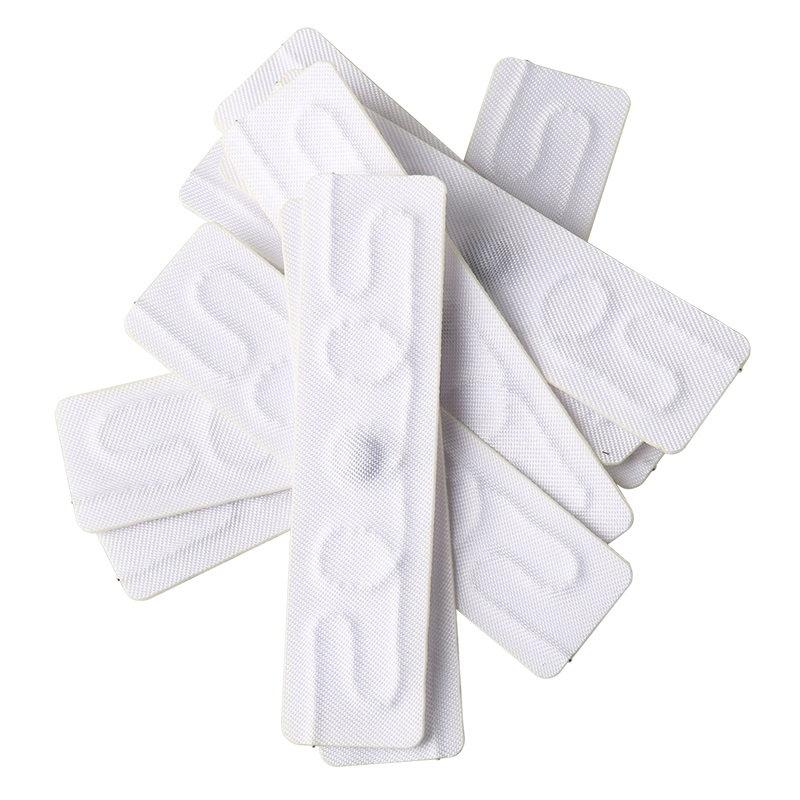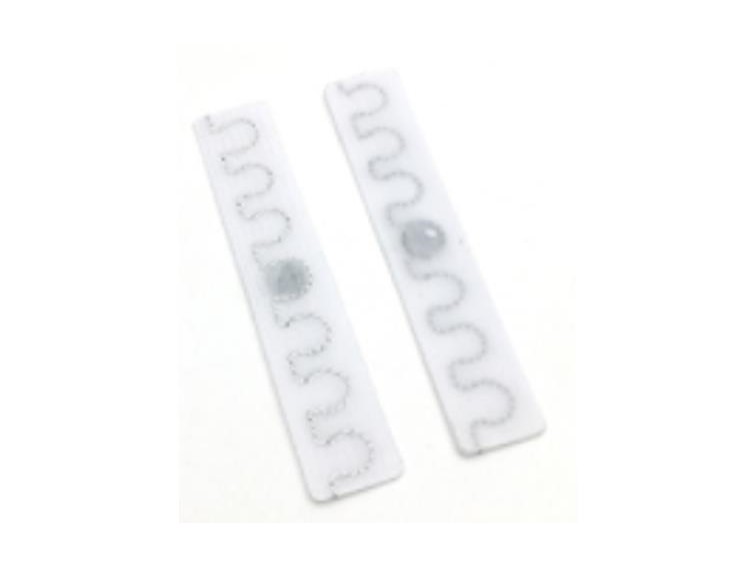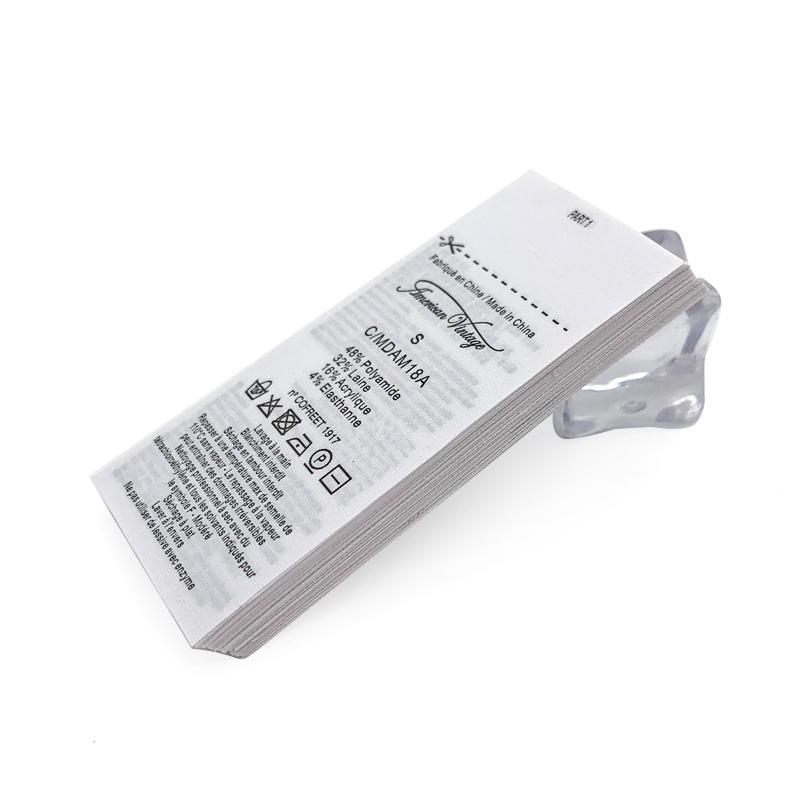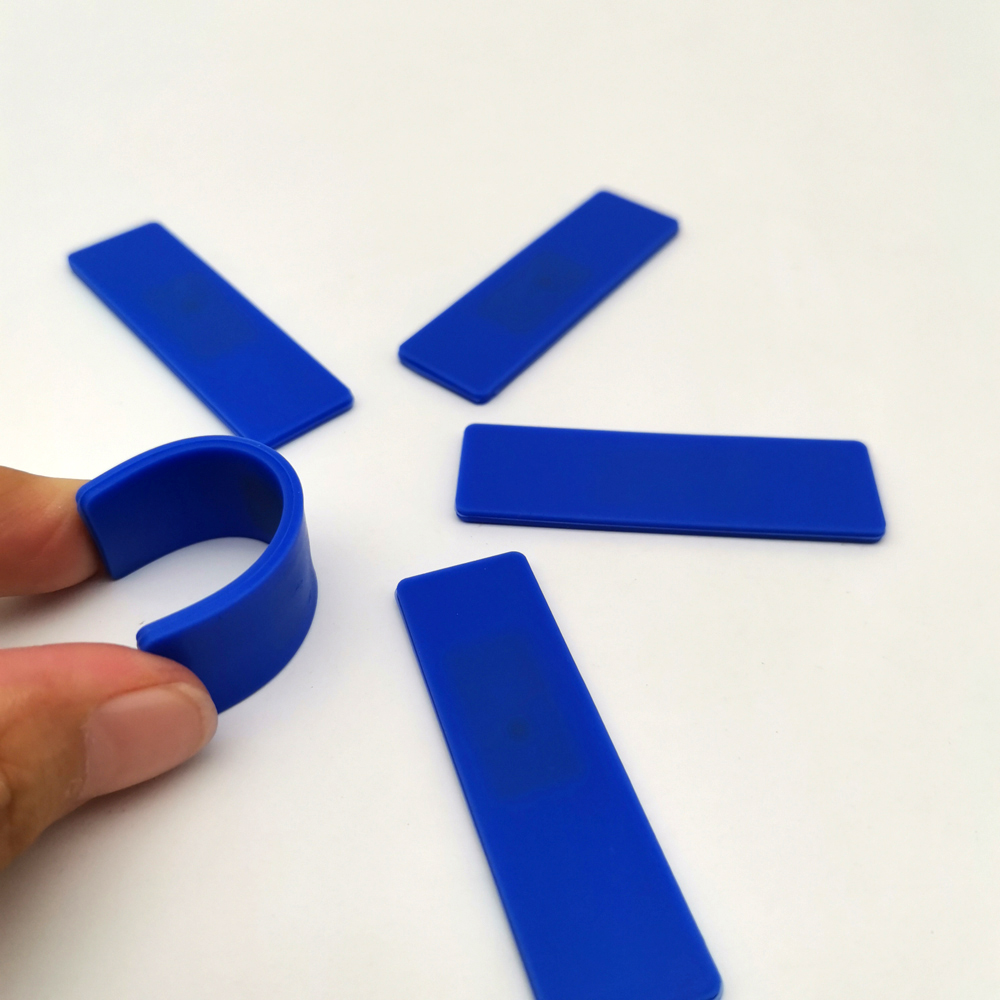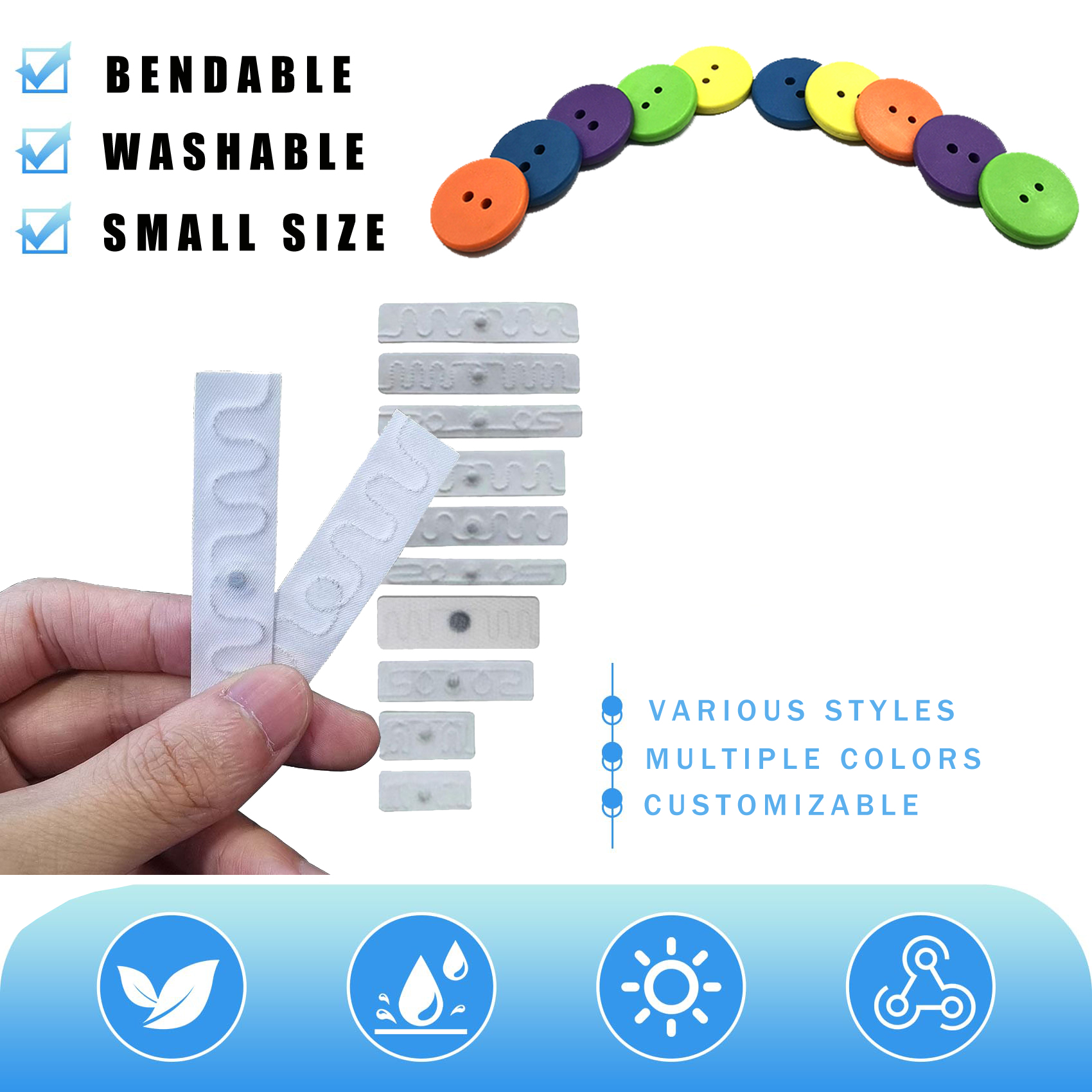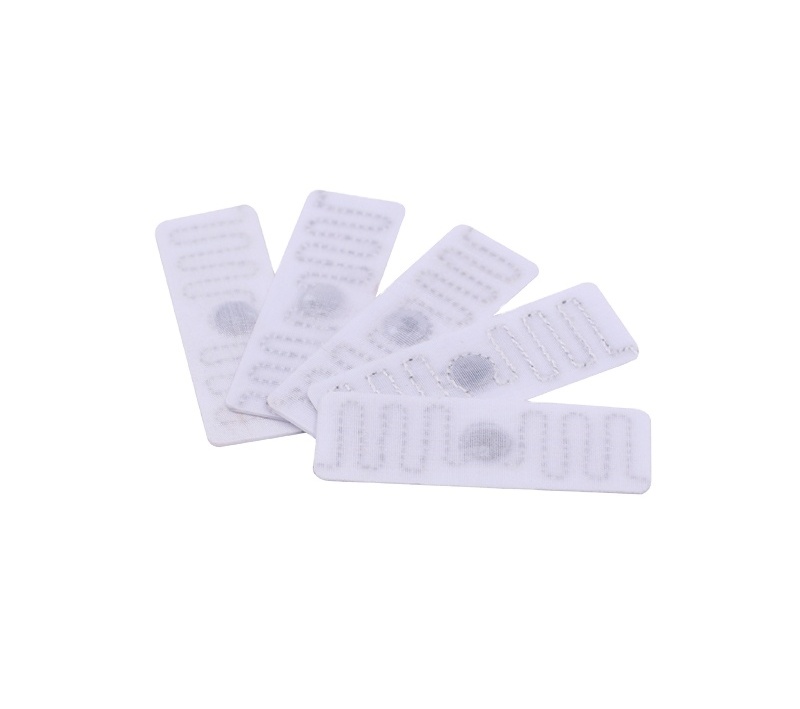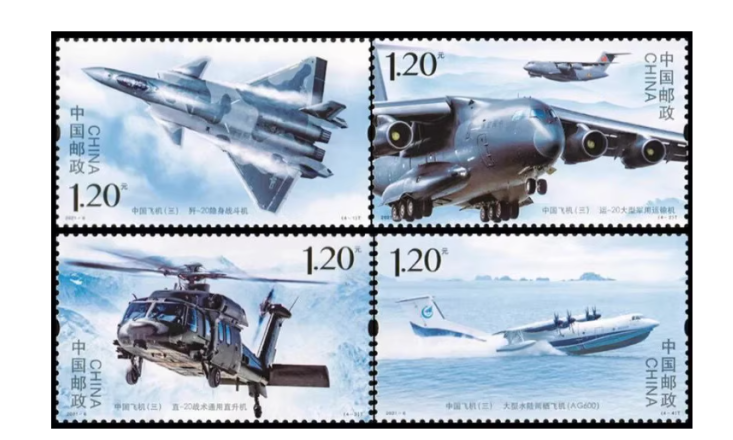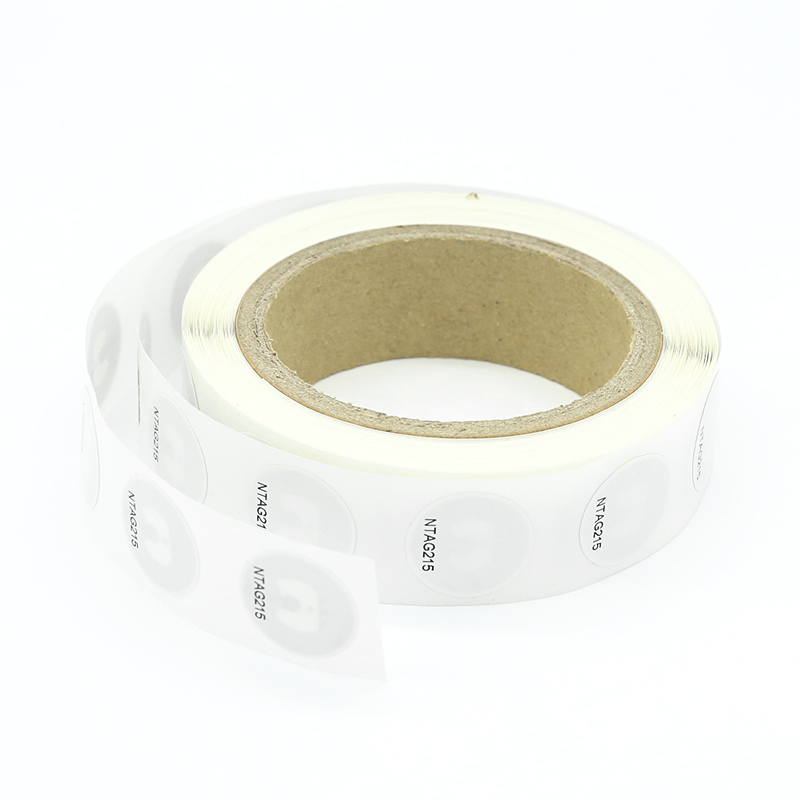Retailers in Toronto, Canada, are piloting an RFID Tags tracking system to analyze customer purchasing behavior in supermarkets. By equipping shopping carts and baskets with RFID tags, retailers can gather insights into customer movement, time spent on specific products, and purchase patterns. This data, when integrated with POS information, helps optimize store layouts, improve product placements, and enhance customer experiences.
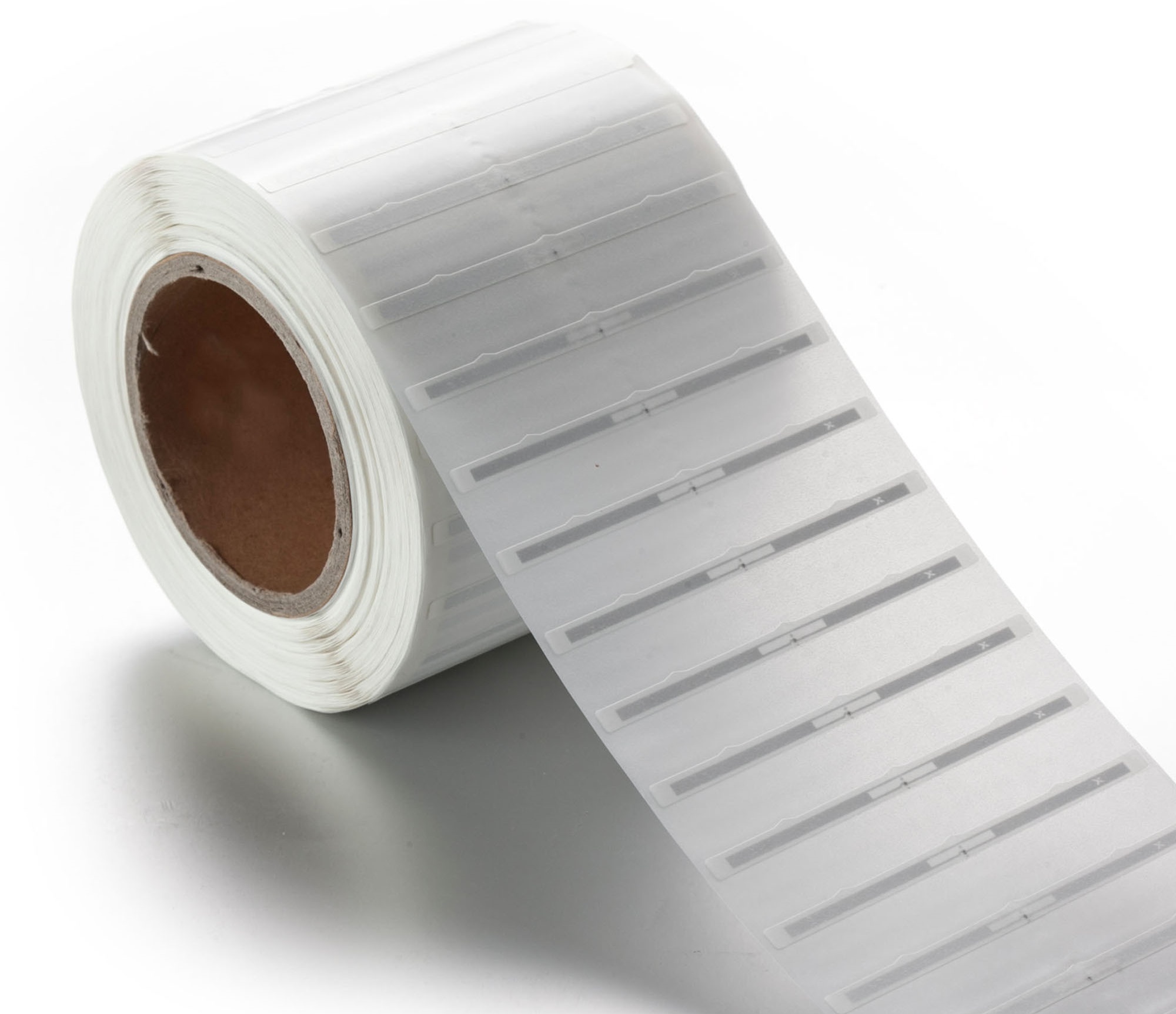
RFID Tracking System Implementation
To ensure accurate data collection, each shopping cart is fitted with three RFID tags—positioned at the front, left, and right sides—while handbaskets have tags on both sides. The pilot store, covering approximately 4,180 square meters, is equipped with:
25 RFID readers strategically placed throughout the store
150 read/write antennas covering shelves and checkout areas
Wi-Fi-enabled data transmission to process and analyze movement patterns
The RFID readers capture tag signals and send them to middleware, which then relays processed location data to retail analytics software. This enables real-time tracking of customer movements without exposing personal information.
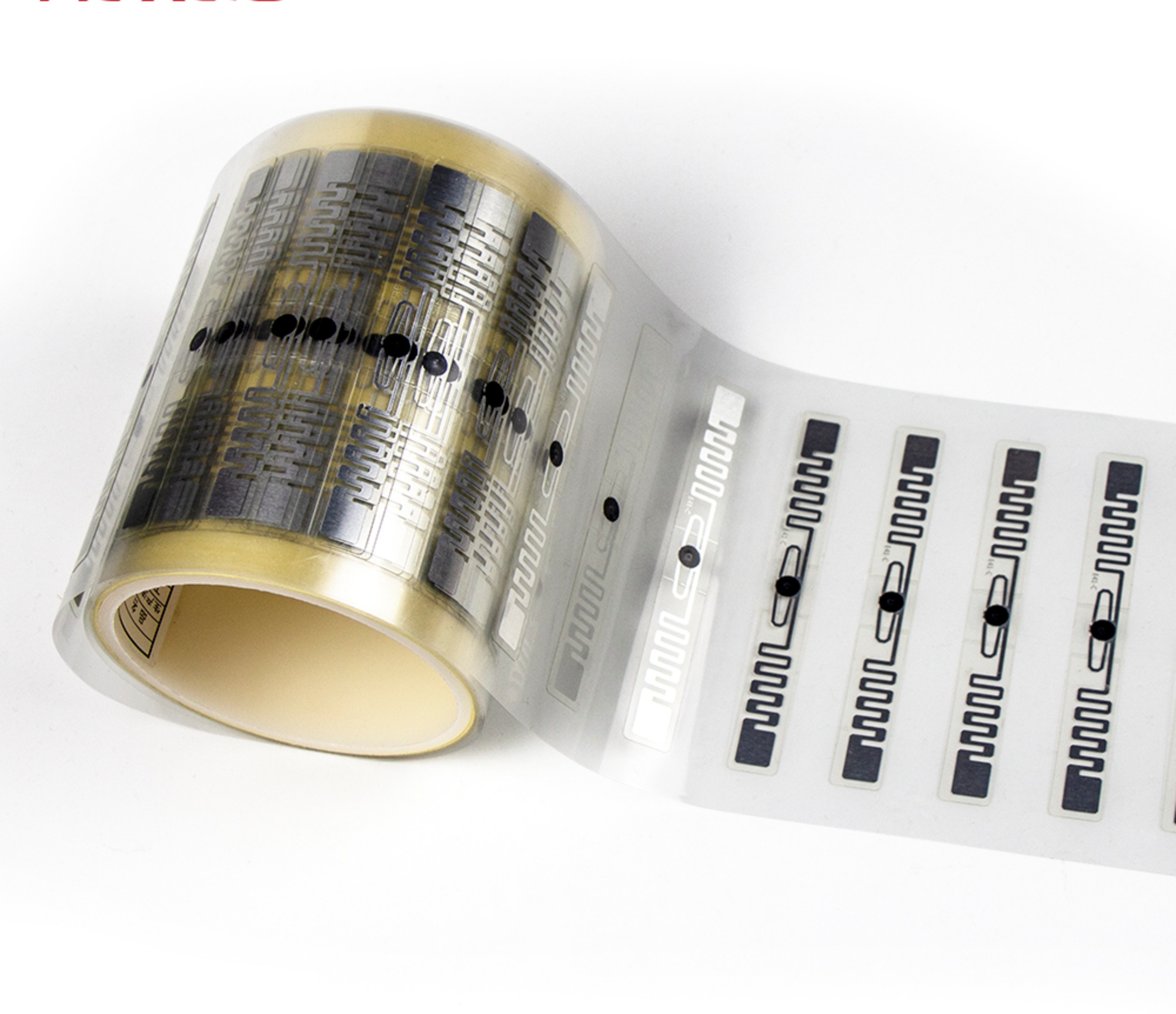
Benefits of RFID-Based Customer Tracking
Enhanced Shopping Behavior Analysis
Tracks customer navigation paths and dwell times in specific sections.
Helps retailers understand purchase sequences and optimize product placement.
Improved Data Accuracy & Cost Efficiency
A temporary RFID system allows for easy relocation between stores, reducing installation expenses.
RFID tags are attached externally to carts and baskets, avoiding embedded solutions in loyalty cards.
Integration with POS Data
Associates cart or basket IDs with purchases for deeper analysis.
Identifies shopping trends and potential improvements in store layout and promotions.
Future Plans and Expansion
The current pilot revealed some data redundancy issues, requiring software optimization to filter unnecessary information. Based on initial success, the system is being introduced to major retailers and is expected to expand globally. Future upgrades may include an RFID-enabled loyalty program that offers personalized discounts based on shopping behavior.
With flexible deployment, real-time analytics, and the potential for global scalability, UHF RFID technology is revolutionizing customer behavior tracking in retail, paving the way for smarter and more efficient supermarkets.

